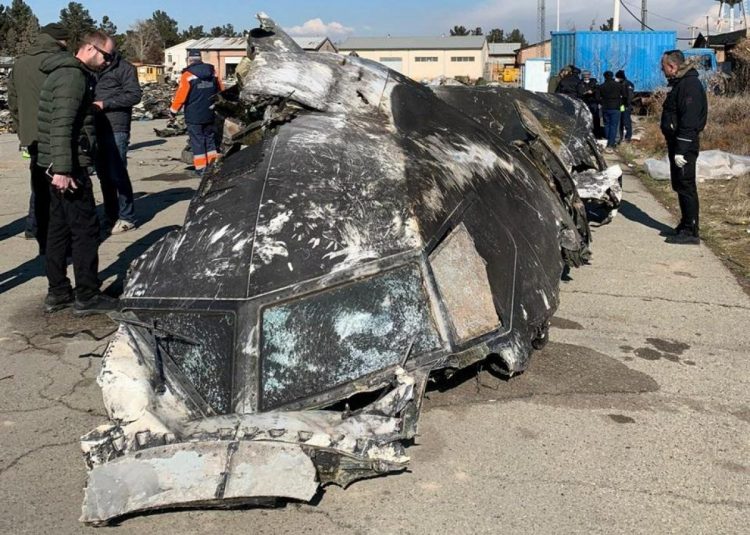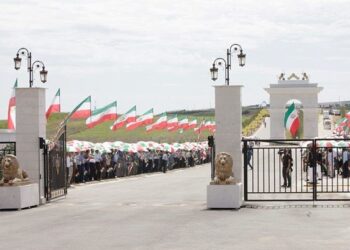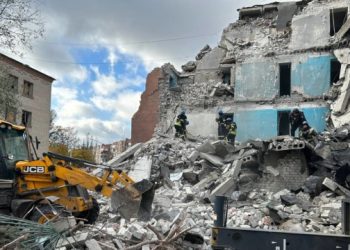Human Lives Human Rights: Ukraine International Airlines Flight 752 (PS752/AUI752) was a scheduled international civilian passenger flight from Tehran to Kyiv, operated by Ukraine.
In the previous section, we discussed the timeline and international positions on this tragedy, as well as the accusations against the Islamic Republic of Iran in this case. In this section, we will examine the legal and technical dimensions of this disaster.
Before we examine the tragic incident of the Ukrainian passenger plane being shot down by Iran’s Tor-M1 air defense system, we need to understand the technical capabilities of this system. This will help us to assess the validity of the claims made by Iran’s military officials regarding the cause of the mistake.
The Tor-M1 is a modern Russian air defense system, also known as SAM-15 by NATO. It was developed in the 1970s and replaced the SAM-8 in the Soviet army. This system is so powerful and accurate that it plays a vital role in Moscow’s formidable defensive wall. Some of its key features are:
- Mobility: The system is self-propelled and can be deployed quickly.
- Advanced and precise radars: The system uses a phased-array Doppler pulse surveillance radar (Dog Ear) that can track 48 targets simultaneously up to 25 kilometers away. It also uses a tracking radar (Scrum Half) that can guide the missile until it hits the target.
- Low tracking and firing times: The system can acquire and engage targets in a matter of seconds.
- Ability to attack diverse targets: The system can intercept supersonic fighters, cruise missiles, guided bombs, and other aerial threats.
- Ability to target multiple objects with a single missile: The system can use one missile to hit the main target and damage nearby ones.
The most relevant feature for our analysis is the radar and detection capabilities of this system. Iran’s military officials claimed that the operator of the system was unable to correctly identify the target in the night-time incident and mistook the passenger plane for a cruise missile.
However, this claim is highly questionable, considering that the Tor-M1 system also has an optical tracking system that can simulate targets and provide a clear picture of the target to the operator. This system can also identify and lock onto targets without using its two radars in jamming environments (electronic warfare).
Therefore, based on the technical capabilities of this defense system, we can conclude that the claim of misidentification by the operator is not credible. Even if we assume that there was American interference with electronic jamming aircraft (which was denied by Mr. Hajizadeh, the commander of the IRGC Aerospace), the Tor-M1 operator could have used the optical radar to verify the target before firing.
After reviewing the technical aspects of the Tor-M1 defense system and refuting the claim of misidentification by the operator, we will now discuss the legal and human rights implications of this tragedy.
From the perspective of internal law of the Islamic Republic of Iran:
One of the most important aspects of criminal law in all countries is the regulation of crimes and punishments related to the military and law enforcement forces. These forces have a crucial and sensitive role in protecting the national security and interests of their countries, and therefore they need to follow strict and formal rules of conduct.
The Islamic Republic of Iran is no exception to this principle. The Iranian criminal legal system has dedicated significant chapters of its laws and regulations to the crimes committed by the armed forces, both intentional and unintentional. The latter category includes crimes that result from carelessness, negligence, or non-observance of government systems in performing their duties.
Although these crimes are not committed with malicious intent, they can sometimes have devastating consequences. Therefore, the Iranian legislator has imposed criminal liability on the armed forces for both intentional and unintentional crimes, reflecting the importance of military affairs and ranks for the country.
A tragic example of such unintentional crimes occurred on January 18, 2018, when a Ukrainian Airlines plane was shot down by a missile from an air defense system near the Imam Khomeini International Airport, just a few minutes after it took off. All 176 people on board were killed in this incident.
According to the official statement issued by the General Staff of the Armed Forces on December 21, 2018, the cause of this incident was an unintentional human error in misidentifying the target. From a legal perspective, based on the current laws and regulations regarding the crimes and punishments related to the armed forces in Iran, this error falls under Article 54 of the Armed Forces Crimes Law enacted in 2002.
This article stipulates a penalty for committing carelessness, recklessness, and non-observance of government systems in relation to service affairs in the armed forces. Based on the statement of the General Staff and the law enacted in the Armed Forces Crimes Law, we can identify and analyze the elements and dimensions of the criminal responsibility of the perpetrators and causes of this human error.
According to this law, which is stated in Article 54 of the Armed Forces Crimes Law, the crime is contingent on the outcome, meaning that only those actions that are based on carelessness, negligence, or non-observance of government systems and that have caused casualties or physical injuries are subject to this article. Therefore, according to the statement of the General Staff of the Armed Forces, this crime should be prosecuted only based on this legal article.
However, what has happened so far in practice is that there is no report of the judicial process of this case that can indicate whether the perpetrators of this tragedy have been prosecuted or not. This is a serious negligence on the part of the Iranian government, because more than three years have passed since this crime occurred, but there is still no information about the perpetrators and prosecution of this disaster. This can be seen as a violation of the rights of the victims by the Iranian government in its internal follow-up of this disaster.


















